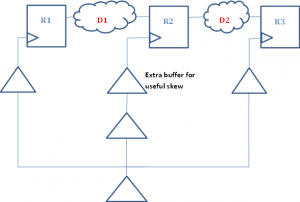ERROR: [Synth 8-4556] size of variable … is too large to handle
set_param synth.elaboration.rodinMoreOptions “rt::set_parameter var_size_limit 4194304”
use the above switch to increase the variable size limit.
set_param synth.elaboration.rodinMoreOptions {rt::set_parameter dissolveMemorySizeLimit 147456}
this is for Synth 8-3391 Error.
set_param synth.elaboration.rodinMoreOptions “rt::set_parameter supportAsymRam true”
This is probably fixed. Asymmetric read/write width support.
set_param synth.elaboration.rodinMoreOptions “rt::set_parameter compatibilityMode true”
set_param synth.elaboration.rodinMoreOptions “rt::set_parameter controlSetsOptMaxFlops 10000”
setting controlSetsOptMaxFlops to 10000 will further allow optimizations on control sets into registers.
set_param synth.elaboration.rodinMoreOptions {rt::set_parameter simplifyCascadedMerge 0;rt::set_parameter mergeReconvergentCasePartitions false; rt::set_parameter mergeReconvergentLogicPartitions false}
Helps with how the Vivado Synthesis compiler is unrolling loops.
set_param synth.elaboration.rodinMoreOptions “rt::set_parameter reduceVariableBitSelect false; rt::set_parameter reinferPruneBitWidths false; rt::set_parameter constPropCarry false”
set_param synth.elaboration.rodinMoreOptions “rt::set_parameter forcePackBramAddrReg true”
the address register is not pulled into the block RAM if it has a feedback structure so this workaround is needed.
set_param synth.elaboration.rodinMoreOptions “rt::set_parameter doBramAddrRegResetTransform true”
This will pull reset from the address register so that it can be used to infer BRAM.
set_param synth.elaboration.rodinMoreOptions “rt::set_parameter constPropCarry false”
This problem is due to an optimization of constant logic during synthesis. Probably fixed in 2014.3
